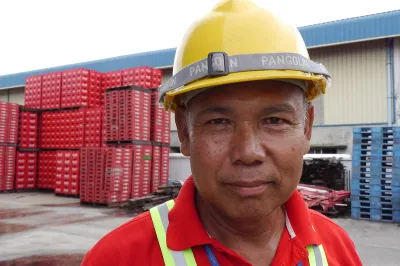Paper
Risks Faced by the Rural Poor in India and Risk Mitigation Measures
Are public-private partnerships the solution for risk mitigation problems?
20 pages
This paper argues that risk transfer instruments such as insurance, community funds, and pension schemes, etc. can be blended with other preventive and loss reduction programs sponsored by the government, to evolve a holistic risk management program, which can reduce the vulnerability of the rural poor to risks.
The paper aims to:
- Assess risks to household income, consumption, children's education and health due to vulnerability to economic and physical downturns in the absence of affordable risk mitigation services;
- Estimate the affordability of low-income and poor households for participating in fee based risk-mitigation programs;
- Review the existing risk-mitigation policy, service and products and institutional arrangements for the rural poor and low-income households;
- Recommend necessary social protection measures related to risk mitigation and products that are appropriate for poor and rural low-income households.
The paper is based on interaction with non-government organizations (NGOs), microfinance institutions (MFIs), insurance companies' officials and women's groups.
It also presents:
- A profile of risk mitigation needs;
- The limitations of existing risk mitigation services, including the lack of outreach and unsuitable design.
The paper concludes by suggesting methods to enhance the outreach and sustainability of risk mitigation services (RMS). These include:
- Developing new RMS products in the areas of life insurance, crop insurance, farm income insurance, disaster and relief insurance, etc.
- Improving/developing distribution channels;
- Developing public-private partnerships in health insurance and agriculture.
About this Publication
Published


